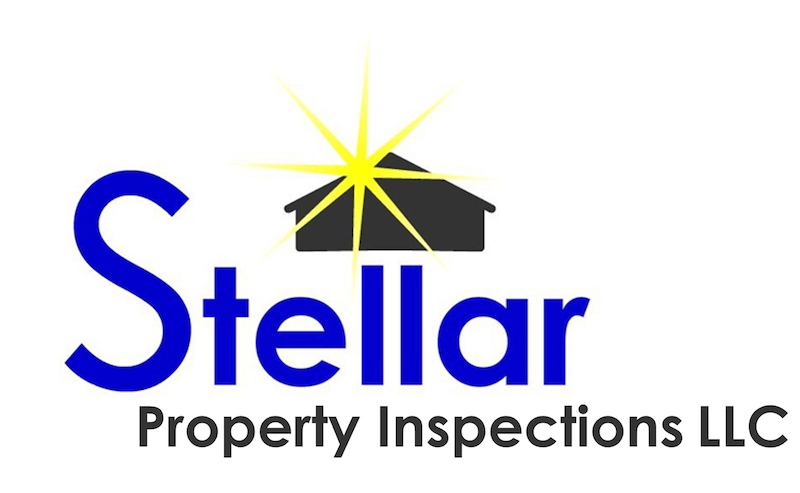Buying your first home is a big deal. It comes with excitement, nerves, and a long checklist of to-dos. Somewhere in the middle of that list is the home inspection—a crucial step that can help you avoid unexpected repairs and major financial headaches down the road. If you’re not sure what to expect, you’re not alone.
Let’s break down the process so you can move forward with clarity and confidence.
What Is a Home Inspection, Really?
A home inspection is a visual assessment of a property’s condition. It covers the major systems and structural elements of the home—like the roof, plumbing, electrical, foundation, HVAC, and more. The goal is to identify safety concerns, code violations, or signs of damage that could impact your decision to buy.
It’s not a pass/fail test. An inspection report simply gives you the facts about the home’s current condition so you can make an informed choice. Think of it as a snapshot of what you’re really buying, beyond the fresh paint or updated finishes. The inspector doesn’t tear down walls or move furniture, but they know how to spot red flags, patterns, or risks that could cause trouble later.
When Does the Inspection Happen?
Typically, the home inspection is scheduled after your offer has been accepted but before closing. In California, this usually falls within the contingency period outlined in your contract. You’ll want to act quickly—this window is often 7 to 10 days.
Scheduling early gives you time to receive the report, consult with your agent, and decide whether to move forward, renegotiate, or walk away. If issues pop up that you’re not comfortable with—like major foundation movement or a roof at the end of its life—you need room to make decisions without feeling rushed.
What Should You Expect During the Inspection?
At Stellar Property Inspections, we encourage buyers to be present during the inspection whenever possible. This gives you the chance to ask questions, see what we see, and get real-time context for the findings. We walk through the property with you, explain any issues that come up, and make sure you leave with a clear understanding of what’s important.
Inspections usually take 2 to 3 hours, depending on the size and condition of the home. We look at everything we can access: attics, crawl spaces, water heaters, electrical panels, windows, doors, appliances, and more. We’ll test outlets, run faucets, check insulation where visible, and take detailed notes along the way.
Afterward, you’ll receive a detailed digital report within 24 hours. It includes annotated photos, descriptions, and a summary of findings—all laid out in a clean, easy-to-read format. You can share it with contractors, family, or your real estate agent to help make smart next steps.
What If the Inspector Finds Problems?
It’s completely normal for an inspection report to include some issues. Even brand-new homes can have quirks. What matters is understanding which problems are minor and which ones could affect your safety or your wallet.
Examples of common but fixable issues:
- Loose outlets or light switches
- Leaky faucets or showerheads
- GFCI outlets that don’t trip properly
- Dirty HVAC filters
More serious concerns might include:
- Active roof leaks
- Foundation cracks
- Faulty wiring
- Major plumbing problems
Your agent can use our Repair Request Builder to create a formal list of repairs for the seller to address. This tool streamlines communication and helps you negotiate effectively, especially if you’re working on a tight timeline. In some cases, the seller may offer a credit at closing instead of making repairs. Your agent can help you decide what makes the most sense.
How to Prepare for Your Home Inspection
If you’re a first-time buyer, here are a few things you can do to make the most of your inspection:
- Bring a notebook or phone. Jot down notes or take your own photos of anything you want to remember or ask about later.
- Wear comfortable shoes. You’ll be walking the property, sometimes in and out of different areas.
- Don’t be afraid to speak up. If you’re confused or curious, ask. This is your time to learn.
- Think long-term. Some findings may not need immediate repairs but could become maintenance priorities down the road. Knowing ahead of time helps you plan.
Tips for First-Time Buyers
- Don’t panic. Every home has flaws. What matters is how serious they are.
- Ask questions. Your inspector is there to help you understand what you’re seeing.
- Read the report. It’s easy to skim, but the details can help you plan for future maintenance or upgrades.
- Use the info. Share the report with your agent, your contractor, or anyone else helping you make decisions.
- Stay calm during negotiations. The inspection isn’t the final hurdle; it’s a tool to help you move forward smartly.
Why Choose Stellar Property Inspections?
We specialize in helping first-time homebuyers feel confident and prepared. We know this can be a stressful time, so we make the process as smooth and approachable as possible. With our clear reports, Repair Request Builder, and responsive support, we make sure you’re not left in the dark.
Our inspectors are trained, licensed, and familiar with the unique construction styles and weather impacts specific to North County San Diego. Whether you’re buying a stucco bungalow in Escondido or a coastal condo in Carlsbad, we bring local expertise to every inspection.
The Bottom Line
A home inspection isn’t just a checkbox. It’s your opportunity to understand the home you’re buying—beyond what you see on the surface. At Stellar Property Inspections, we take pride in helping first-time buyers feel informed and empowered throughout the process.
If you’re getting ready to schedule your inspection, or just have questions about what’s involved, give us a call. We’re here to help you move forward with clarity—and maybe even a little excitement.




.png)